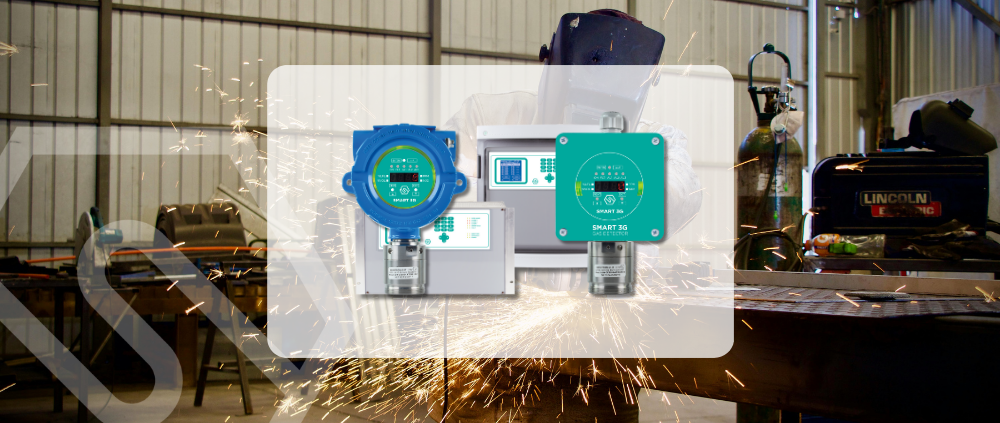Welding and cutting are central operations in a great many industrial settings: from metalwork to shipbuilding to plant and infrastructure maintenance. They often take place in complex environments, where the presence of flammable gases, toxic vapors or potentially explosive atmospheres poses a real safety risk to operators. During thermal processing, the interaction between metals, heat sources and technical gases can generate dangerous concentrations of substances such as carbon monoxide (CO), nitrogen oxides (NOx), ozone (O₃), metal vapors and residual combustible gases. The presence of these agents makes the use of reliable gas detection systems essential.

Welding and cutting: the importance of gas detection
Every industrial welding operation should be supported by a reliable gas detection system. Sensitron devices are designed to provide continuous and accurate air monitoring, with the goal of:
- Detect flammable gas leaks (such as acetylene and hydrogen)
- Monitor the presence of toxic substances (e.g., carbon monoxide)
- Promptly report hazardous conditions
- Protect personnel and facilities
- Comply with safety regulations (e.g., Legislative Decree 81/08)
In enclosed environments, workshops or confined spaces, where welding and cutting activities often take place, gas detection is an indispensable safeguard.
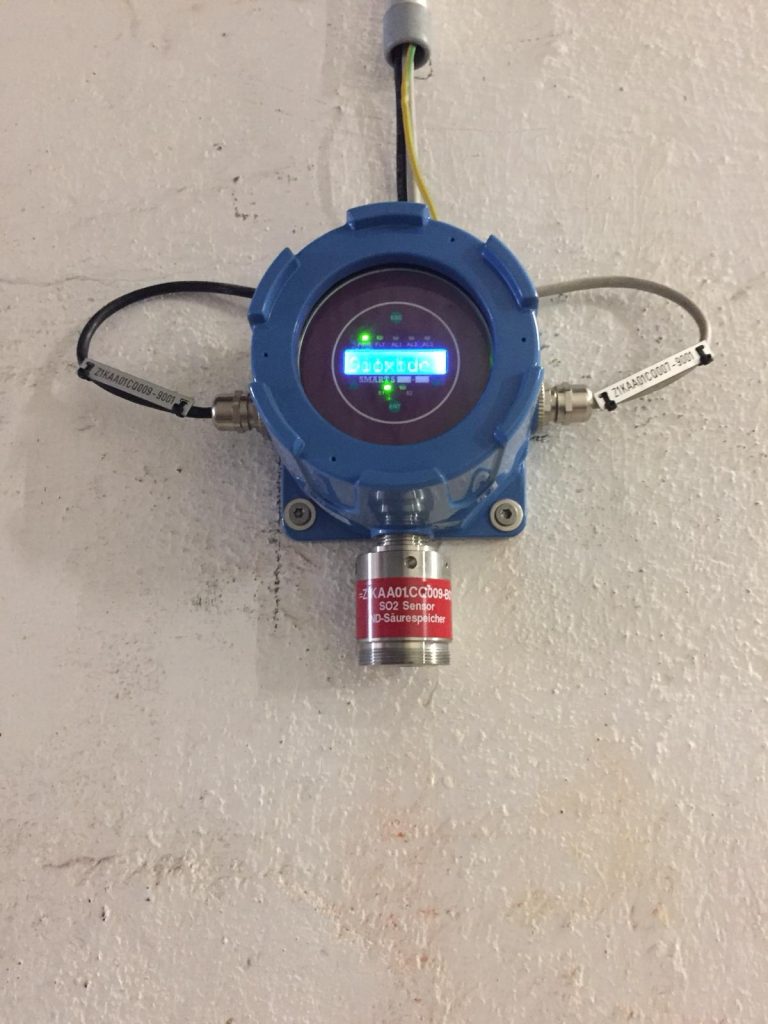
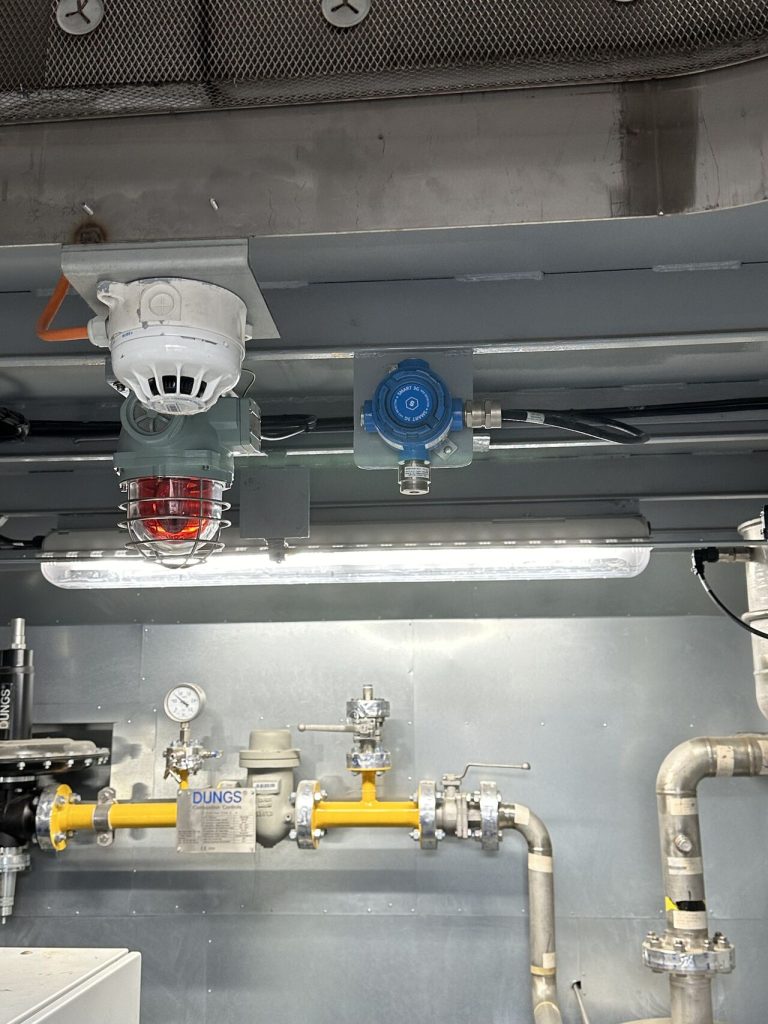
Welding and cutting: which gases to monitor
During different welding techniques (MIG, TIG, electric arc, oxyfuel, plasma), harmful or flammable gases can be generated. Among the main ones to watch out for:
- Carbon monoxide (CO): It results from incomplete combustion. It is colorless, odorless and very dangerous even at low concentrations.
- Acetylene (C₂H₂): Used in oxyacetylene cutting. It is extremely flammable and unstable if not handled properly.
- Hydrogen (H₂): Increasing use in specialty welding. Has a wide explosive range.
- Inert gases: Used as protective gases. Non-toxic, but asphyxiating in confined environments.
Every production environment where welding is carried out must provide a tailor-made system for gas detection best suited to the materials and technologies used.

Technologies for gas detection during welding and cutting processes
The choice of the most suitable gas detection technology depends on the type of gas to be monitored and the environmental conditions under which welding is taking place. The main solutions include:
- Infrared (IR) sensors: ideal for detecting flammable gases such as methane, propane and CO₂. They offer high stability, long life and resistance to contaminants and moisture.
- Catalytic sensors: suitable for detecting combustible gases (e.g., acetylene, hydrogen) by oxidation. They are inexpensive and reliable, but require oxygen to operate.
- Electrochemical sensors: perfect for toxic gases such as carbon monoxide (CO), nitrogen oxides (NOx) and ozone. They offer high accuracy even at low concentrations.
- PID (photoionization detector) sensors: useful for volatile organic compounds (VOCs) and industrial vapors; used in complex or highly regulated environments.
Integration of these technologies enables precise and continuous air monitoring in industrial settings where welding and cutting work is carried out.
The importance of gas detection
In addition to being a regulatory requirement, installing gas detection systems in welding is a strategic choice for companies. Benefits:
Reduced risk of accidents and occupational diseases
- Continuity of plant operations
- Increased environmental control
- Protection of corporate image
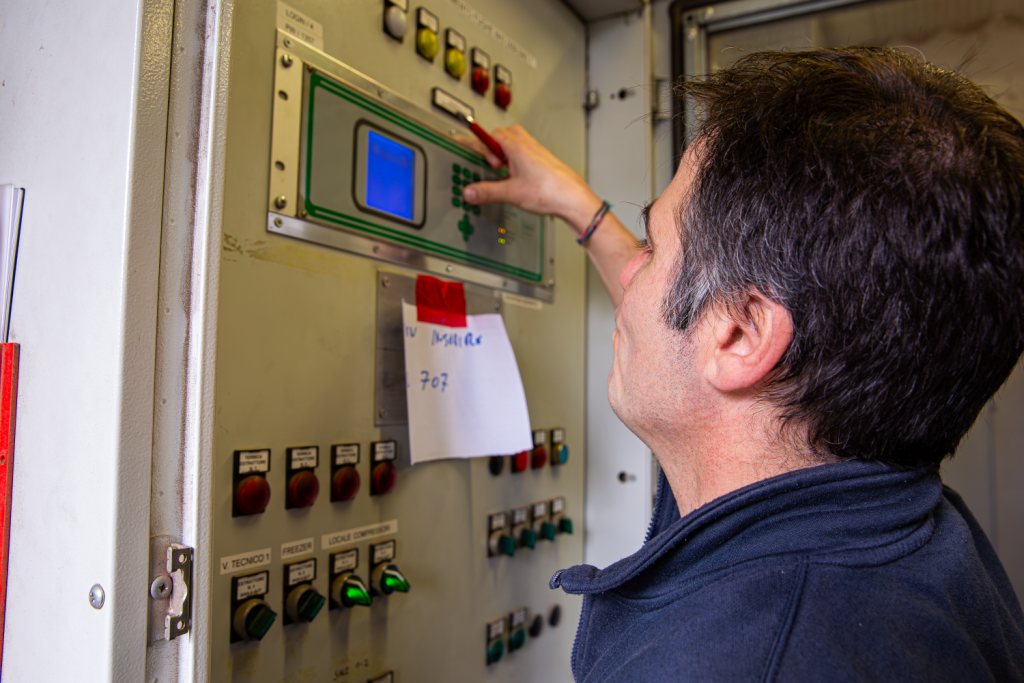
Why rely on Sensitron
Sensitron offers a full range of certified sensors and gas detectors for the welding industry. Our devices are distinguished by:
- Reliability and accuracy even under critical conditions
- Resistance to dust, vibrations and electromagnetic fields
- Ease of integration into new or existing installations
- Advanced technologies (infrared, electrochemical, PID, catalytic)
- Visual, audible alarms and centralized data management
Each system is designed to adapt to the production environment and ensure the safety of welding activities, even in complex scenarios.
Discover our produtcs
Sensitron gas detectors are suitable for use in any application:

SMART 3G D2
Suitable for detecting flammable substances, toxic gases, refrigerants and oxygen in classified areas.ATEX, IECEx and SIL2/3 certified.
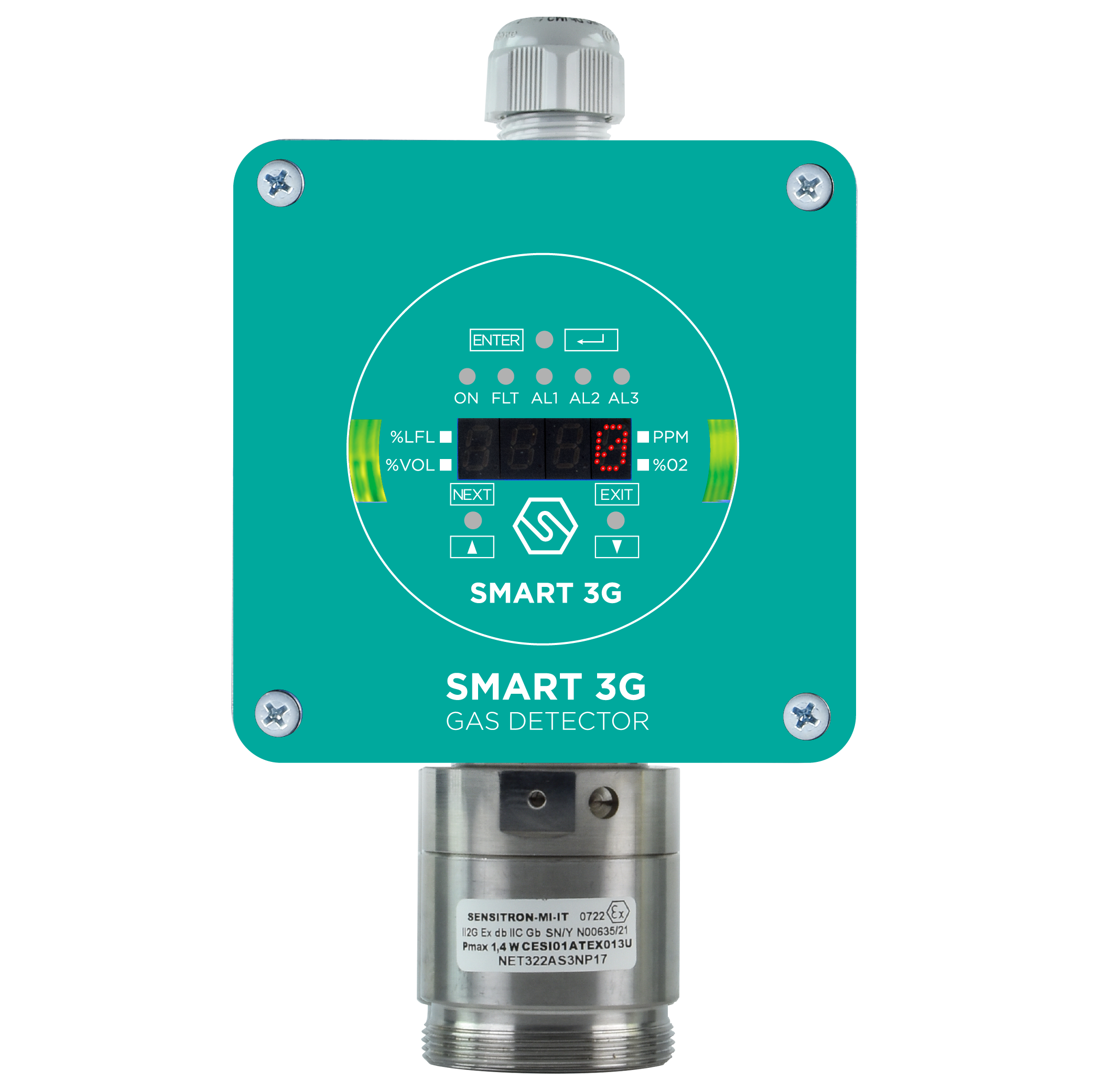
SMART 3G D3
Suitable for detecting in classified areas,ATEX, IECEx and SIL2/3 certified, enables non-intrusive field calibration.
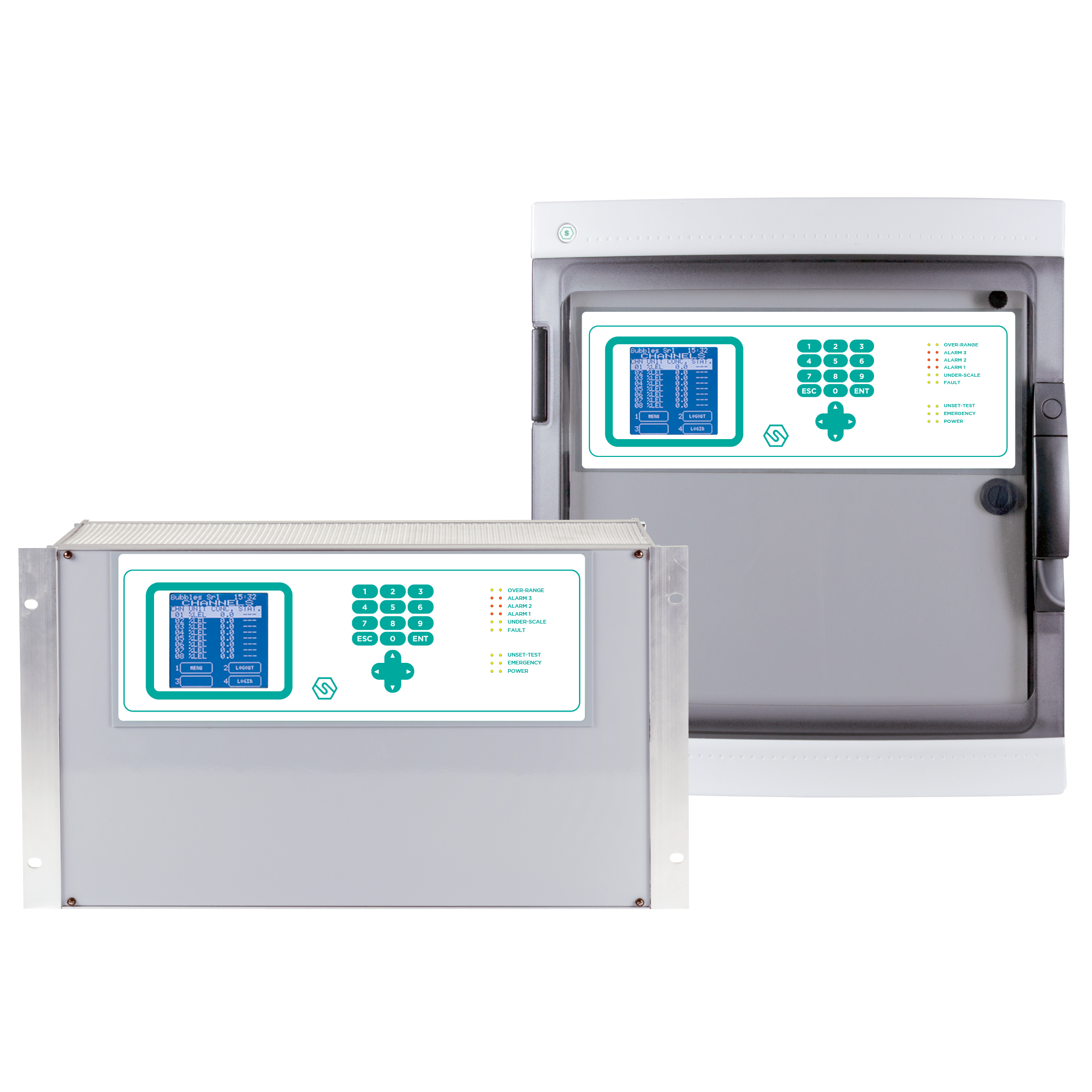
MULTISCAN++ S1/S2
Designed to meet the widest market demand for flexibility, they allow the management of up to 264 detectors. ATEX and SIL certified.
Our certifications
Within hazardous environments where strict safety standards must be met, it is important to use products that are certified and in line with regulations. Learn about our certifications:
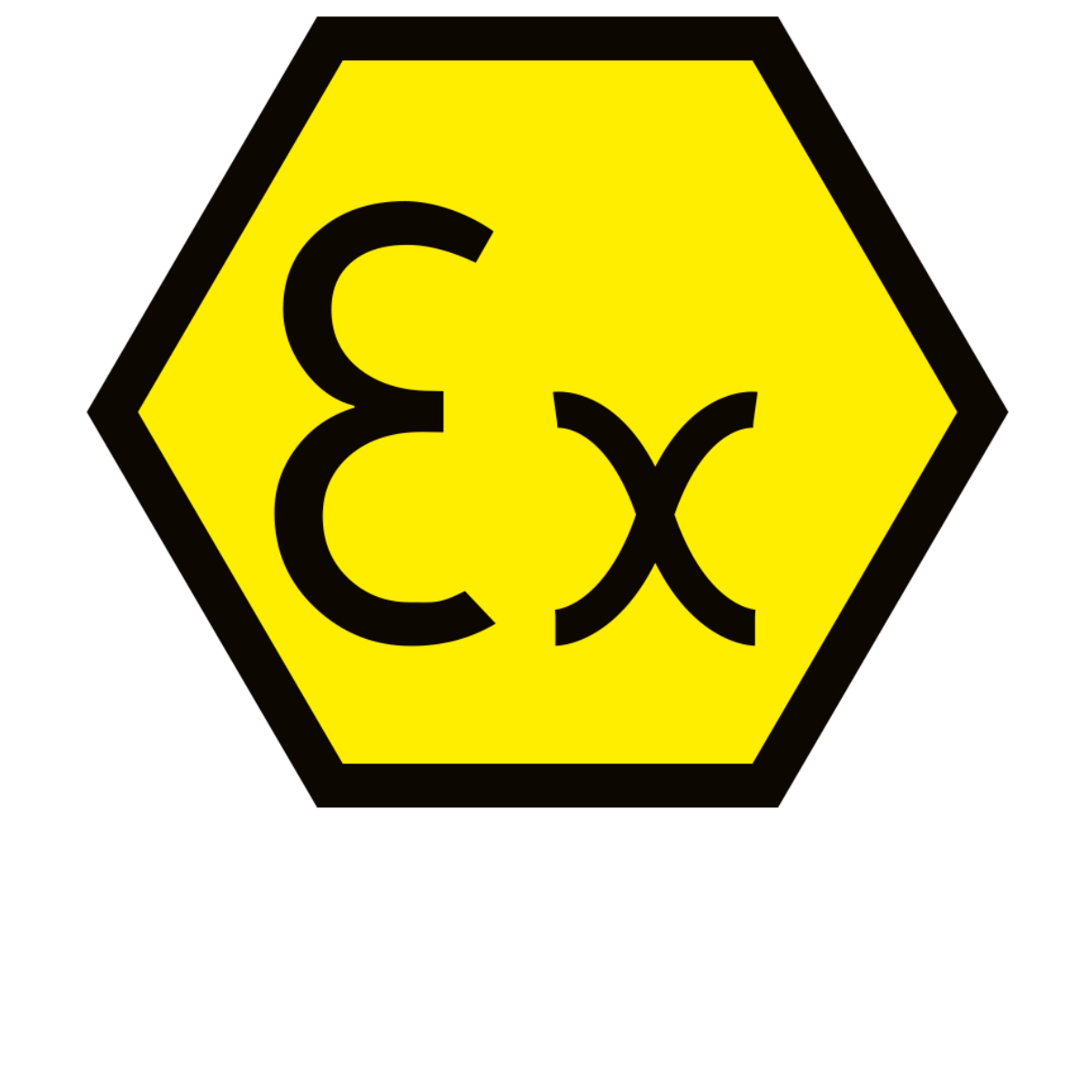
ATEX
The Directive sets out the requirements and assessment of equipment intended for use in potentially explosive atmospheres.
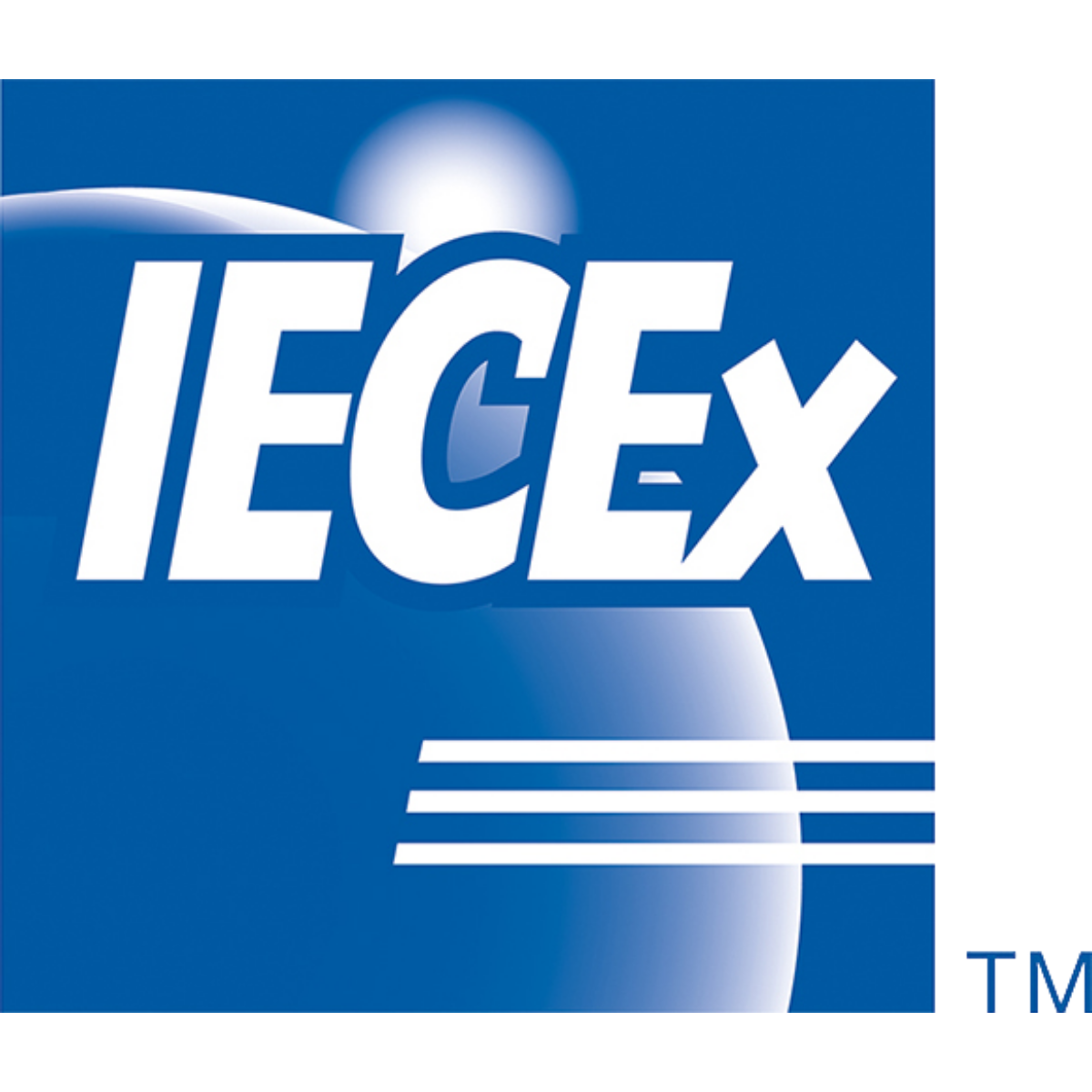
IECEx
The IECEx system is an international certification system. It is developed by the International Electrotechnical Commission.

SIL
The Safety Integrity Level (SIL) is the ability to reduce the assessed risk by ensuring the reliability of safety systems.
